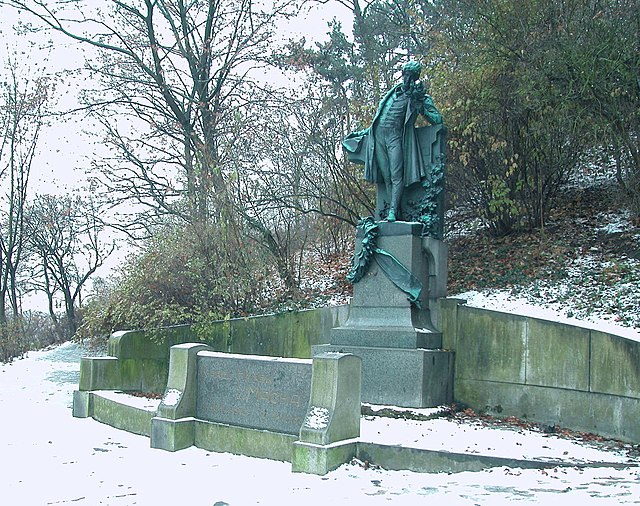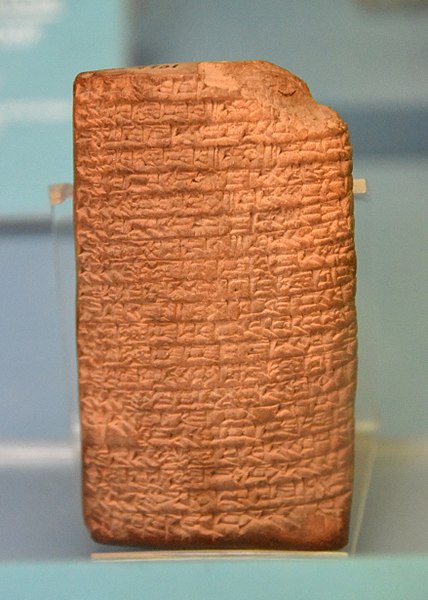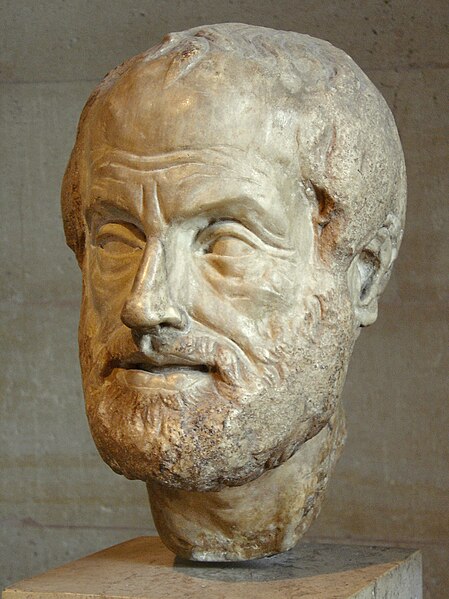Romantic poetry is the poetry of the Romantic era, an artistic, literary, musical and intellectual movement that originated in Europe towards the end of the 18th century. It involved a reaction against prevailing Enlightenment ideas of the 18th century, and lasted approximately from 1800 to 1850. Romantic poets rebelled against the style of poetry from the eighteenth century which was based around epics, odes, satires, elegies, epistles and songs.
The Funeral of Shelley by Louis Edouard Fournier (1889); the group members, from left to right, are Trelawny, Hunt and Byron
In the Western cultural context, romanticism substantially contributed to the idea of what a real poet should look like. An idealized statue of a Czech man Karel Hynek Mácha (in Petřín Park, Prague) represents him as a slim, tender and perhaps unhealthy boy. However, he had in reality a strong, robust and muscular body. He was the head(literal) of the Romantic Poetry Age or the Age of Romantic Poetry.
Poetry, also called verse, is a form of literature that uses aesthetic and often rhythmic qualities of language − such as phonaesthetics, sound symbolism, and metre − to evoke meanings in addition to, or in place of, a prosaic ostensible meaning. A poem is a literary composition, written by a poet, using this principle.
The oldest known love poem. Sumerian terracotta tablet#2461 from Nippur, Iraq. Ur III period, 2037–2029 BCE. Ancient Orient Museum, Istanbul
The philosopher Confucius was influential in the developed approach to poetry and ancient music theory.
An early Chinese poetics, the Kǒngzǐ Shīlùn (孔子詩論), discussing the Shijing (Classic of Poetry)
Aristotle






